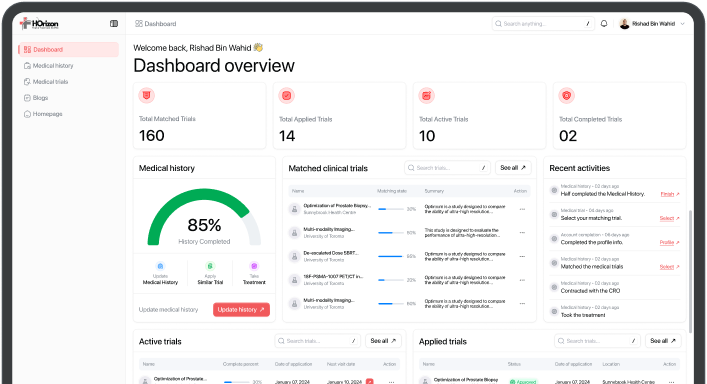
Magnetic Occult Lesion Localization Instrument (MOLLI) Guidance System for Breast Lesion Localization (MOLLI)
Contact information
Nicole Look Hong, MD
Sunnybrook Health Sciences Centre
Toronto, Ontario
Basic information
Age
207 Enrollment
Trial Details
Brief Summary
The proposed trial is a non-randomized, multi-center, sequential arm registry evaluating clinical, and health economic outcomes following treatment with the Magnetic Occult Lesion Localization Instrument (MOLLI), an approved instrument for Breast Conserving Surgery (BCS) in patients with non-palpable lesions. All patients who have an area of concern in the breast and are identified by their physician as good candidates for BCS are eligible to participate. Patients will eventually be enrolled across 3 surgical sites (Sunnybrook Health Sciences Centre - primary site, Princess Margaret Cancer Centre, and North York General Hospital) over a 2 year period. Patient and system-related outcome measures will first be collected using the centre-specific standard of care (Wire-Guided Localization or Radioactive Seed Localization for BCS) to establish a baseline. Subsequently, centers will transition to the MOLLI system, recording corresponding outcomes to be used for temporal comparison. The overall objective of this study is to evaluate clinical and health economic outcomes with MOLLI compared to standard-of-care approaches.
Official Title
A Registry Study Evaluating the Magnetic Occult Lesion Localization Instrument (MOLLI) Guidance System for Breast Lesion Localization
Selection Criteria
Eligibility Inclusion Criteria
-
Women 18 years or older with histologically confirmed unifocal breast lesion and identified as a candidate for BCS, this includes patients with high-risk, premalignant (eg. ductal carcinoma in-situ), or malignant (eg. invasive ductal carcinoma) lesions
Lesions must be non-palpable and require pre-operative localization for surgical guidance
Lesions must be visible as determined by preoperative breast mammogram and / or ultrasound imaging. Pre-operative MRI is at the discretion of the treating surgeon.
Eligibility Exclusion Criteria
-
Biologically male patients
Locally advanced malignant breast cancer
Any absolute contraindications to BCS
Pregnancy or lactation
Existing allergy to metallic seed materials
Patients requiring MRI after MOLLI seed placement
